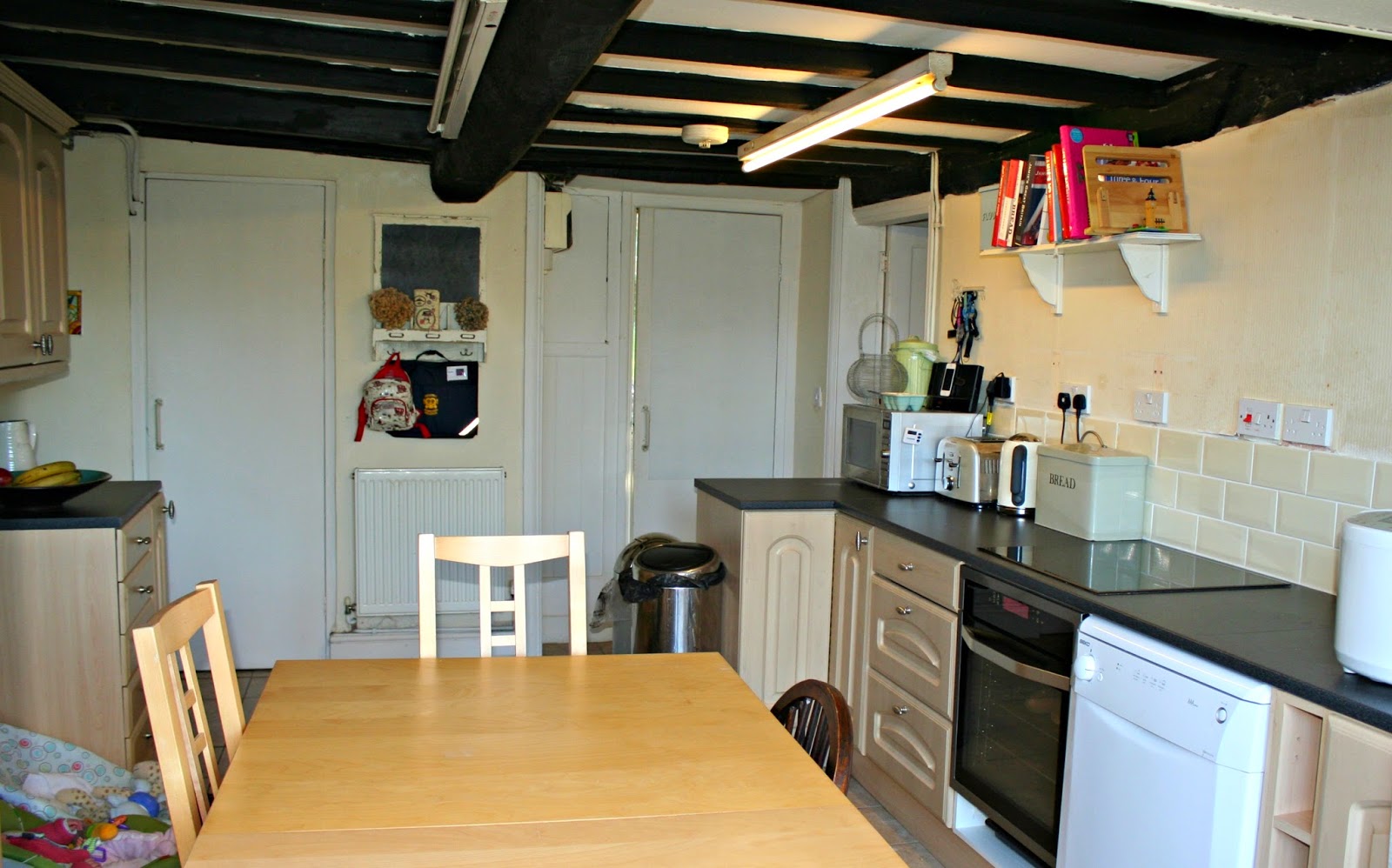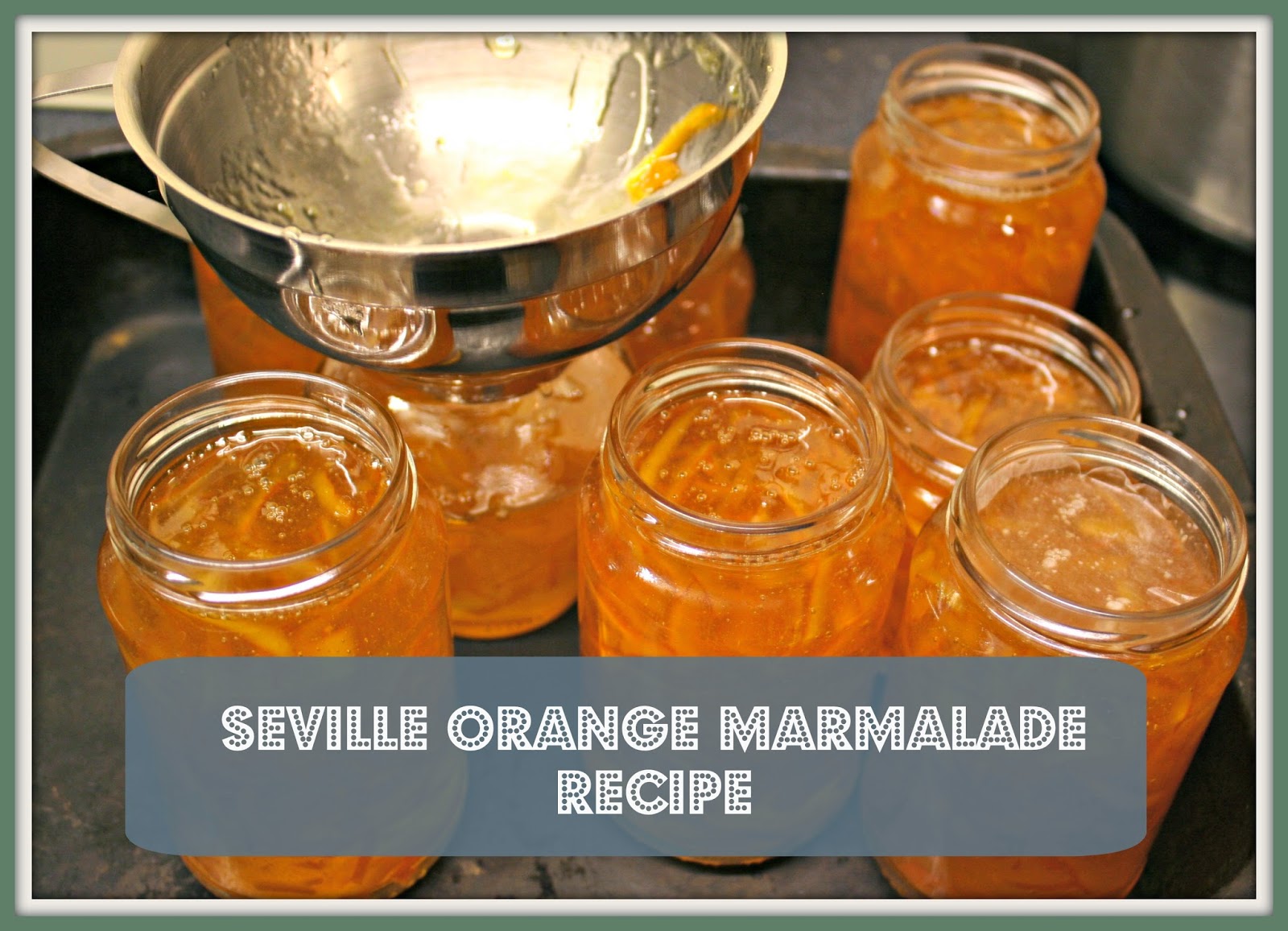James has written a post about how we did baby girls room, it’s not a detailed how to but gives you an idea of how we renovated her room.
 |
The room in a complete state when we moved in,
complete with toilet!
You can see the peeling wallpaper on the rear wall. |
The first thing we did in her room was to remove all the wallpaper. This proved to be the easiest part of the process as it all came off in long strips. The stripper was plugged in but was never actually used. We could then see the damage to the walls. The plaster on one of the interior walls was completely blown, at some point the roof had leaked and the previous house-proud occupants had obviously not fixed it soon enough hence the blown plaster. We only had to touch this wall and some of the plaster was on the floor (I think looking at it had the same effect!). It was a no brainer at that point, all the plaster had to come off. This was easy as the plaster was in such a state it peeled off with a claw hammer. The loose parts of the ceiling were pulled down. We also removed the airing cupboard that was taking up a large section of the room and the odd toilet and sink in the corner of the bedroom.
 |
| Old plaster with lath wall revealed |
 |
| Airing cupboard before removal |
One of the internal walls is made of huge oak beams with lath and plaster covering them. We pulled the crumbling plaster off and took the lath down so we could fill the spaces between the beams with insulation. The lath was saved and used as kindling over the next few months (200 year old wood burns amazingly!). Apart from the mess this was quite a straight forward job.
 |
| Walls complete with original lath |
 |
| Internal wall after lath was removed, with original oak beams |
The external wall and one of the internal walls is made of stone so we took this opportunity to point up the stone walls. Although they were not going to be seen I used this as a good practise wall as in a few months I was going to start the laborious job of pointing the outside of the house. As the walls would be subsequently insulated and plastered it was a great place to have a practice for the walls outside that would be seen.
 |
| Internal stone wall before pointing |
We planned to batten all the walls, insulate between the battens and then plasterboard and finally skim the walls. Once the walls were pointed the central heating pipes needed to be moved closer to the walls so the pipes would not interfere with the battens and plasterboard. Sounds easy on paper but just these jobs took an age with a little man running about the place.
We then had the dilemma of whether to overboard the ceiling or kick it down and put a new one up in its place. This took a lot of searching the internet for advice, which didn’t really provide a definitive answer as there are a lot of theories and pros and cons. There does not appear to a right or wrong answer on this. After speaking to a mate of mine who is a builder we decided to overboard the ceiling. He told me if the ceiling is in a reasonable state and secure, there is no benefit of kicking the ceiling down only a whole load of mess.
We overboarded (stuck plasterboard on top of the current ceiling) the ceiling with 12mm thick plasterboard using 75mm plaster board screws screwed in approx 150mm apart. We used this length screw as it needs to go through 12mm plasterboard, the old ceiling and grip by approximately 40mm in to the wooden beam above. Before we lifted a board up to the ceiling I jumped in to the loft and drilled either side of each joist so as the centre of the beam could be marked to aid in screwing the boards in place. This way attaching the board to the ceiling should be quicker and easier. The other important thing to remember is to have the joints between the boards touch on a joist for maximum stability. Once all the boards were screwed up (with the screw heads slightly recessed under the board surface) it was time to tackle the walls. The ceiling was completed first as we planned to batten and board the walls and the ceiling could be supported by the battens. One tip, to pick up the position of the light pendant is to screw a long screw in to the joist where the cable comes through and as you push the new board up to the ceiling a hole will be made exactly were the cable is.
The walls were tackled in two ways. The first was the wall that was originally a lath and plaster wall. As we had removed the original lath and plaster all that was left was the original wall beams. We could tell they were not modern timbers as some of them still had bark on the logs. As they were exposed we gave all the wood a good few coatings of wood worm treatment for peace of mind. As the beams were all open we filled the voids with polystyrene insulation ready to be boarded with 12mm plasterboard. We boarded right up to the ceiling to help take the weight of the ceiling boards.
For the plasterboard on the wall we used 25mm length screws screwed through the plasterboard into the original wooden beams every 150mm. We used the polystyrene for the insulation in this wall as it is an internal wall so the thermal efficiency was not as important to us as in the external wall. The polystyrene also gives very good noise reduction between rooms. If Kingspan is used it can sound hollow and not reduce the noise as well.
 |
| Polystyrene insulation in internal walls. |
We had two more walls to complete, one an internal wall and the other an external wall. Both of these walls needed to have a frame built to house the insulation as they were stone walls. We built a frame out of stud timber to fit the profile of the wall. The timber we used was approx. 3” by 2” as this allowed some clearance as the plasterboard screwed to it needed to pass over over the central heating pipes.
Once these were built the upright battens could then screwed in place, these were spaced 400mm apart (measured from the centre of the first upright to the centre of the next). I believe 400mm is the standard as plasterboard sheets are usually 1200 or 1600mm wide, allowing for a few rows of screws to keep the plasterboard in place. This then gives the best stability for the plasterboard and more importantly you know where to put your screws in. Once all the battens were in we lifted the frame up to the wall and screwed it to the wall. We used screws that would give 50mm purchase into the wall and brown rawplugs. Screws were spaced every 150mm. As the walls are stone and pretty uneven when you put up a flat frame gaps appear between the two. Any gaps that appeared between the wall and the frame were filled with offcuts and hardboard for rigidity.
 |
External wall with frame built. Here you can see offcuts made
to brace the frame against the stone wall. |
 |
| Overboarded ceiling with timber frame screwed to wall |
 |
| Uprights with 400mm spacing and after rough pointing |
 |
Framing round window with central heating pipes that we had
to make sure frame was proud of. We did some uprights to the
floor once fitted for stability and to screw skirting to. |
Once on the wall, the frame on the internal wall were filled with polystyrene and the external with kingspan. I somehow omitted to take any pictures with the insulation in the frame :-( The 12mm plaster boards were then screwed on to the frame with 25mm length plasterboard screws. The external corners around the window sill were covered in beading to give a clean edge when plastered.
We then had two options when finishing the boards. The cheapest would be to fill the gaps between boards with filler and tape all the joints with paper tape. The joints are then sanded down and you can paint straight on top of the plasterboard.
The second option was to tape the joints with scrim (a plasterboard tape) and then plaster over the boards. We decided to plaster the room as it would give a better finish. The joints were taped with scrim and any larger gaps were filled with expanding foam. My life long best friend then helped me plaster the room. We two coated the plaster to give it a good finish. As the name suggests we put a second coat of plaster over the first as it was still drying to give the best finish. We were careful not to polish it too much as nothing will stick to it if the plaster is over polished.
The room then needed to be painted and the skirting fitted (another mammoth job).
Job done. James.
 |
| Painting and adding a windowsill. |









































